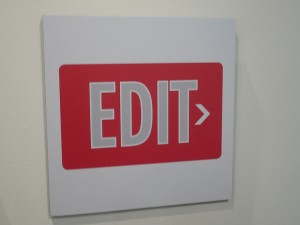Rough Cut Guidelines
I’m returning from a family vacation in Mexico today, feeling refreshed!
In today’s newsletter, I’m presenting part 3 of my Post series. We’ll focus on the Rough Cut, a stage many of you (including myself) are working in. You can view the entire Stages of Post-Production here.
First, an announcement: we will shortly have two experienced editors available to help you navigate the stages of post-production. Email me for a free consultation. We’d love to help you!
Professional editors think of post-production in discrete stages, based around different kinds of cuts. Each cut differs in length and purpose.
The Rough Cut usually takes several passes. I’m offering the following abbreviated guidelines with this disclaimer: directors ultimately have control over how long each stage lasts, as they seek to perfect their vision.
Different than the blocky Assembly Cut, the Rough Cut introduces J and L cuts with voiceover. But don’t finesse edits too much; scenes may still change.
Include first draft of narration–as either on-screen text or scratch track narration.
You can begin to experiment with composed music.
Try to stay within ten percent of your film’s final length, in order to judge if the pacing is right.
The Rough Cut stage can take several months, depending on how much footage you have and the degree to which the director wants to experiment.
Late rough cuts are ready for test screenings, which you can read more about here.
To save your sanity during this momentous occasion, realize that test viewers are usually right about what’s wrong with the film. But they are rarely right about how to fix it. Professional story consultants can help.
